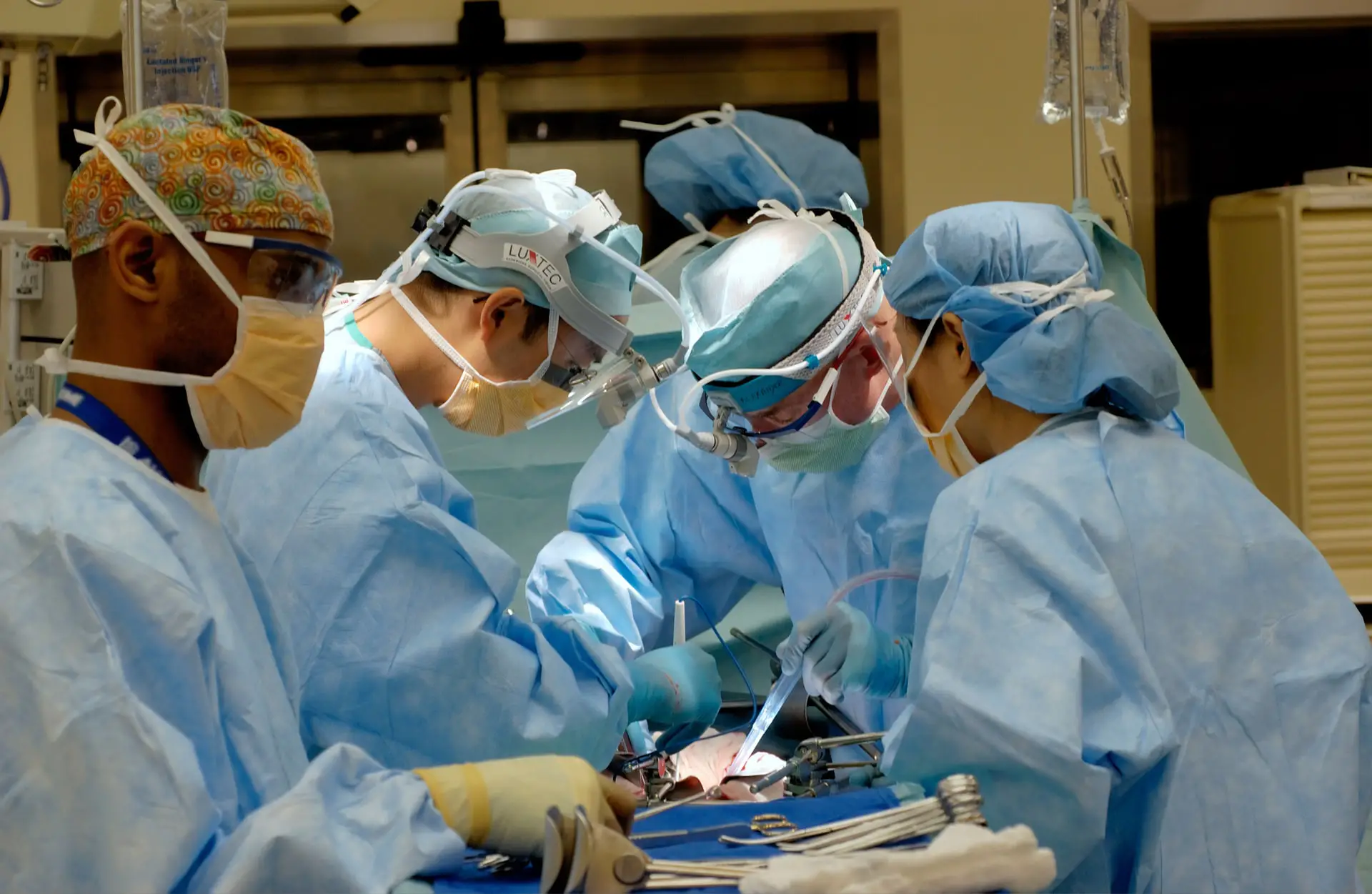Equipping the surgeons with ‘x-ray vision’, HCA East Florida’s Miami-Dade facilities, Mercy Hospital and Kendall Regional Medical Center, introduced the technology for spine surgeries performed with an augmented reality (AR) guidance system that helps project what’s happening inside a patient’s body on their retina.
The surgeon can see where exactly to place implants by understanding each patient’s unique anatomy. The innovative technology will set a new benchmark for personalization and care within the operating room. The program was introduced at the sister HCA Healthcare facility, Aventura Hospital and Medical Center, during the beginning of November.
While the conventional AR guided systems display the patient’s anatomy on a distant screen, the new program would allow the surgeon to maintain focus directly on the patient. It will also significantly reduce radiation exposure for both doctor and patient by eliminating the need for multiple x-rays.
Mercy Hospital CEO David Donaldson stated, “Augmented Reality is revolutionizing the operating room and we are excited to embrace this next chapter of surgical innovation. The market-wide launch of this program enables all three HCA Miami-Dade hospitals to provide the most forward-thinking technology and quality of care to spinal patients all across South Florida.”
The new system contains all elements of the traditional navigation system along with a transparent near-eye-display headset. It is designed to precisely evaluate the position of surgical tools and superimpose them on the patient’s CT data in real-time. This in turn will be projected onto the surgeon’s retina using the headset.
This innovation will enable the surgeon to have better control and visualization, thus facilitating more effective, faster, and safer surgeries.
Dr. Amar Rajadhyaksha, an orthopedic spinal surgeon at Kendall Regional Medical Center, remarked,
“AR-guided spine surgery benefits patients by giving surgeons a complete, 3-D image of each individual’s anatomy, driving greater accuracy during complex procedures.”
“This cutting edge technology gives the surgeon ‘X-ray Vision.’ It will allow us to perform minimally invasive spine procedures with more precision and efficiency, thus significantly lowering the risks associated with traditional spinal surgery and improving patient outcomes,” he added.
Follow us on LinkedIn
Read other Articles




